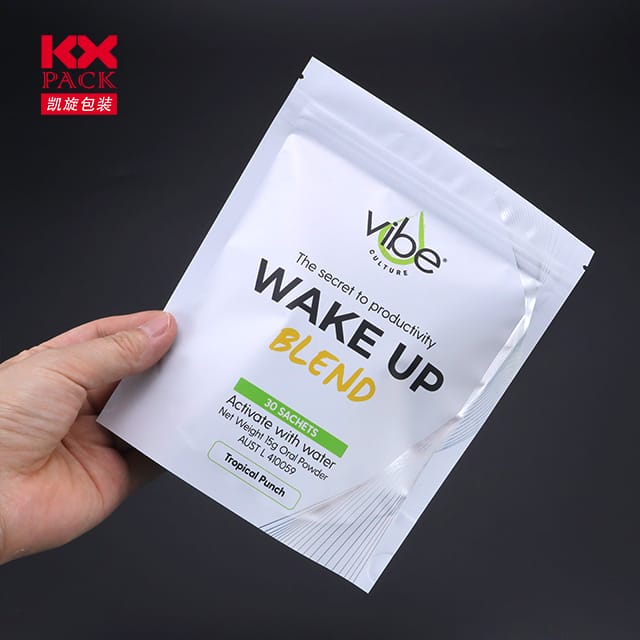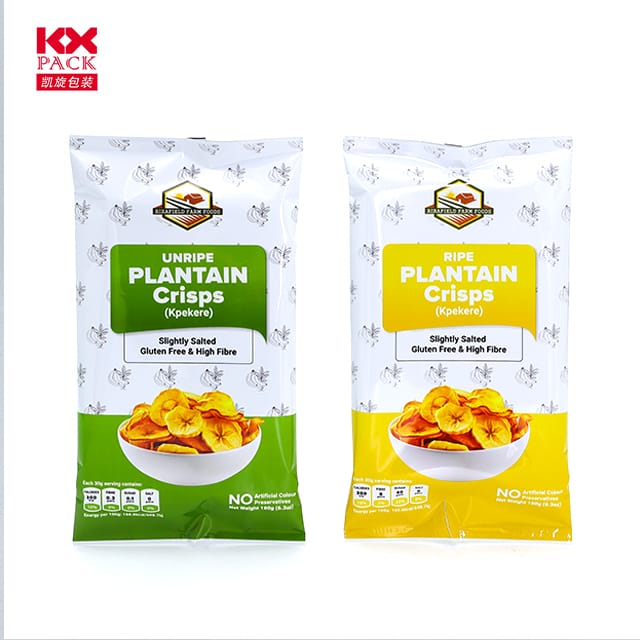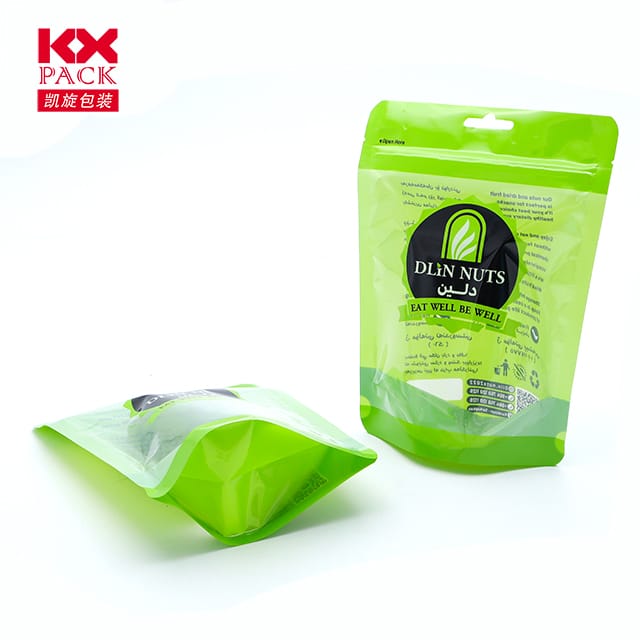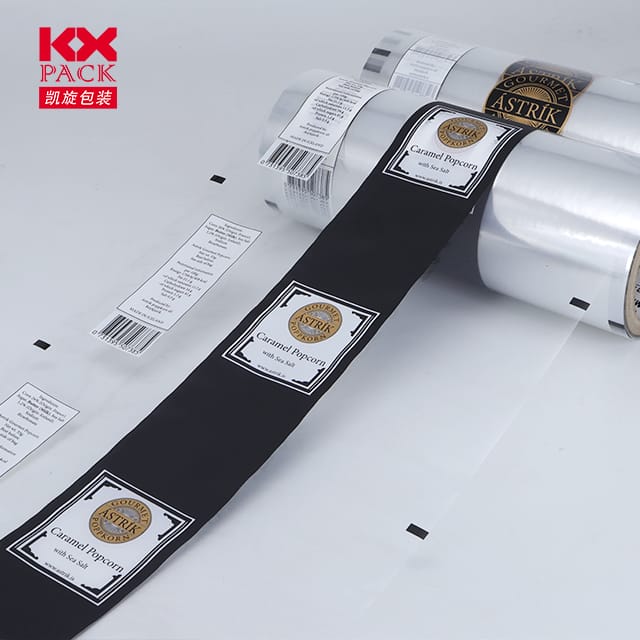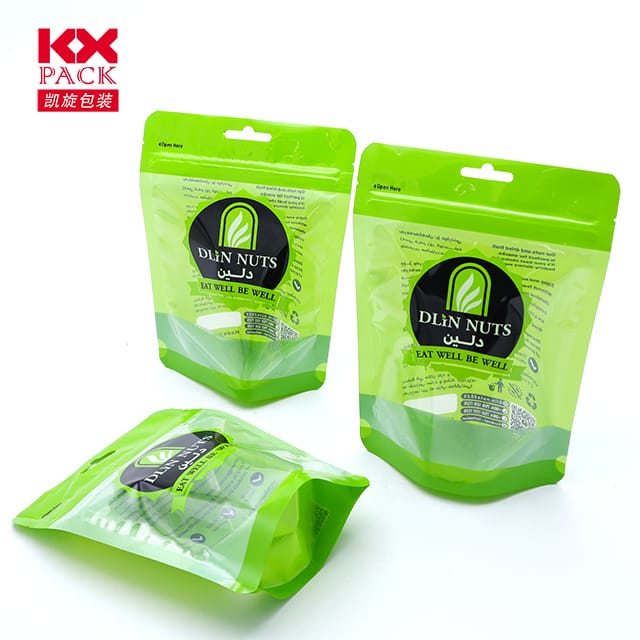An laoch neamhshuimiúil den saol nua -aimseartha: Scannán plaisteach le haghaidh timfhilleadh
Scannán plaisteach
I ndomhan tapa an lae inniu, Sa chás go bhfuil áisiúlacht agus éifeachtúlacht i réim uachtarach, Is minic nach dtugtar faoi ábhar humble amháin go bhfuil ról lárnach aige inár saol laethúil: Scannán plaisteach le haghaidh timfhilleadh. Ó bhianna meatacha a chosaint go hearraí tionsclaíocha a dhaingniú le linn idirthurais, Is é an táirge ildánach seo an laoch neamhshuimiúil de réitigh phacáistithe. Let’s dive into why plastic wrapping film is indispensable and explore its environmental impact—and the innovations shaping its future.
Why Plastic Wrapping Film Matters
- Caomhnú & Cosaint
Plastic film acts as a barrier against moisture, deannach, ocsaigine, agus ábhar salaithe, extending the shelf life of everything from fresh produce to pharmaceuticals. Without it, food waste would skyrocket, and delicate electronics might not survive shipping. - Cost-éifeachtúlacht
Lightweight and durable, plastic film reduces packaging costs and transportation emissions by minimizing bulk. Its affordability makes it a go-to choice for businesses large and small. - Hygiene & Sábháilteacht
In healthcare and food industries, plastic film ensures sterile environments and prevents cross-contamination. Think of sealed medical equipment or pre-packaged meats—plastic film keeps them safe until use. - Customizability
Manufacturers can tailor plastic film’s thickness, clarity, and strength to specific needs, whether it’s shrink-wrapping a pallet or cling-filming leftovers.
The Environmental Conundrum
While plastic film offers undeniable benefits, its single-use nature has sparked global concern. Billions of tons end up in landfills or oceans annually, contributing to pollution and harming wildlife. The challenge lies in balancing functionality with sustainability.
Nuálaíochtaí a Thiomáineann Athrú
The packaging industry is rising to the occasion with eco-friendly alternatives:
- In-bhithmhillte & Scannáin mhúirínithe
Made from plant-based materials like cornstarch or algae, these films break down naturally, reducing long-term waste. - Scannáin Ábhar Athchúrsáilte
Brands are incorporating post-consumer recycled plastics into wrapping, An lúb a dhúnadh ar dhramhaíl. - Reusable & Recyclable Options
Innovations like silicone food wraps or easily recyclable LDPE (low-density polyethylene) films encourage consumers to reuse or recycle instead of toss. - Scannáin Inite
A futuristic twist! Edible coatings made from seaweed or starch protect food and can be consumed, eliminating waste entirely.
What Consumers & Businesses Can Do
- Reduce & Reuse: Opt for reusable containers or beeswax wraps for home storage.
- A -ATHBHREITHNIÚ: Check local guidelines—many plastic films (like grocery bags) are recyclable at drop-off centers, not curbside bins.
- Abhcóide ar son Athrú: Support brands using sustainable packaging and push for policy reforms.
An bóthar amach romhainn
Plastic film for wrapping isn’t going away anytime soon—and it shouldn’t have to. Its role in preserving resources and reducing waste (through proper use) is too valuable. The key is innovation: creating films that perform flawlessly while leaving a lighter footprint.
Mar thomhaltóirí, we hold power. By demanding sustainable options and adopting mindful habits, we can transform plastic film from an environmental villain into a tool for a greener future.
Next time you unwrap a sandwich or receive a package, cuimhnigh: that thin layer of plastic is a marvel of modern engineering. Let’s ensure its legacy is one of progress, not pollution.
What’s your take on plastic wrapping film? Share your thoughts or eco-friendly hacks in the comments below! 🌍♻️

